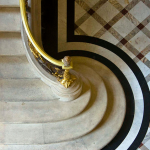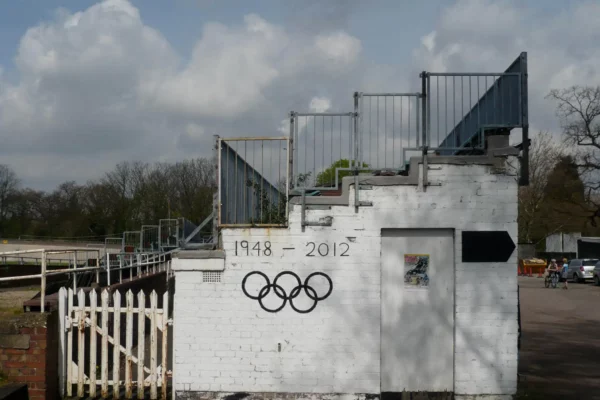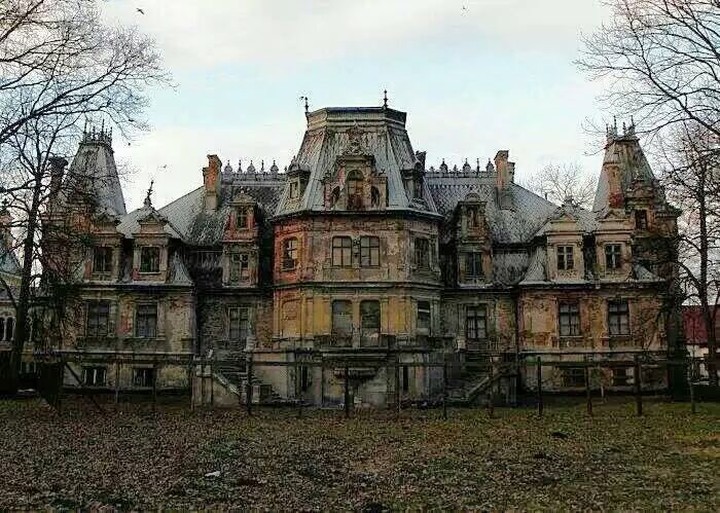
We thought we knew how the story would end. After all, we’ve seen our fair share of crumbling castles here at Messy Nessy Chic – chateaux holding on for dear life in the final hours of their swan song, left to the whims of nature and urbex explorers. Restoring them is a near anachronistic quest, and one taken on by a select few successfully. As estates, such castles’ upkeep is bound to a bygone way of life à la Marie Antoinette, or Downton Abbey – and rarely do these gems remain in the same family. That’s where Poland’s Sobański Palace is different. For one, it was made to look like a French chateau and furnished with trappings belonging to Napoleon himself – there were even some notable Parisian treasures inside. Alas, as it oscillated between tragedy and grandeur, its journey to ‘happily ever after’ is a little more complicated. This is a story about family, war, and, above all, hope.
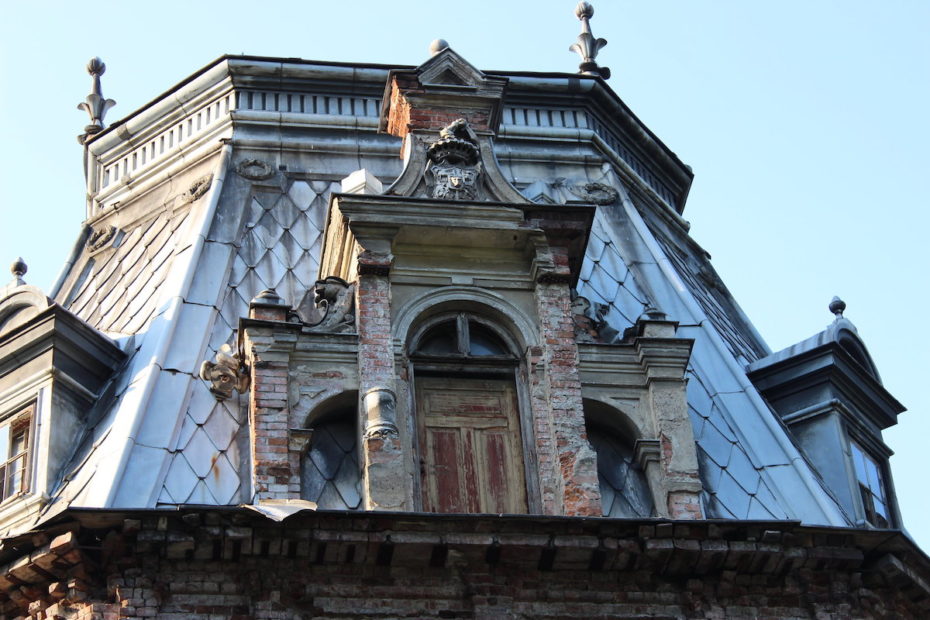
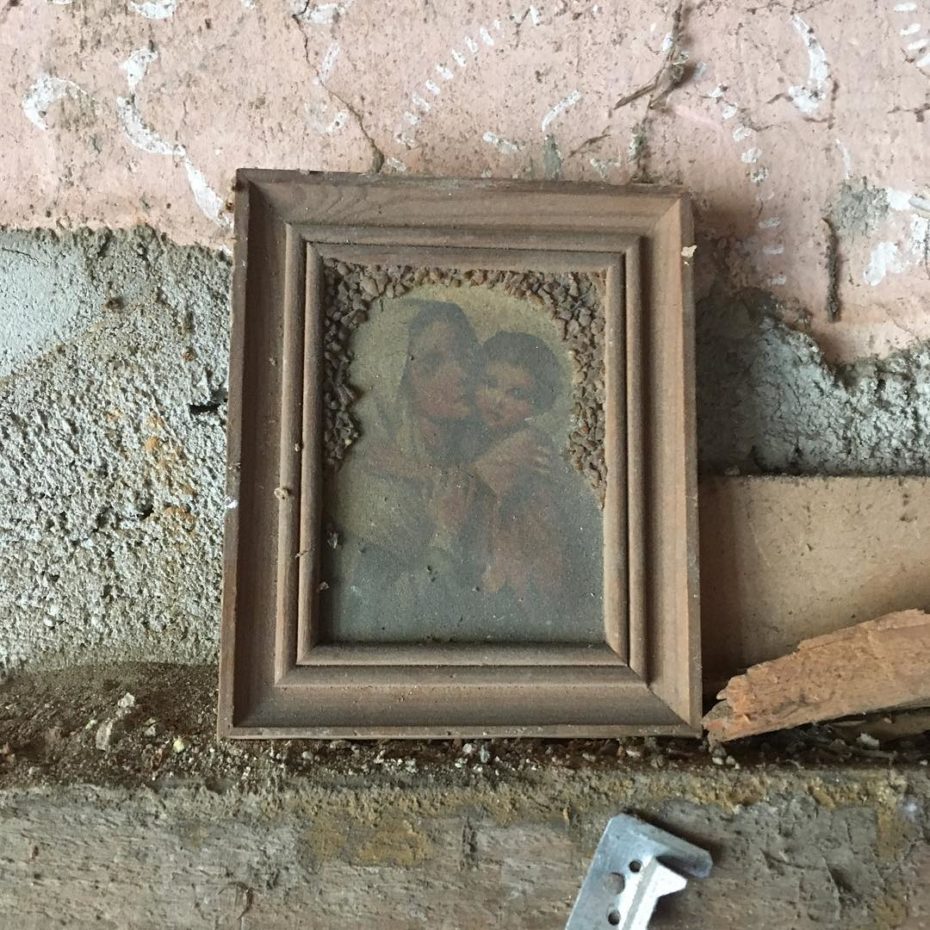
With its Renaissance Revival architecture, Sobański palace is a curious architectural anomaly in the tiny village of “Guzów” in central Poland, where the population is estimated to be between 1,000-5,000 people. The domain itself dates back to the high Middle ages, and even belonged to a prince – but one starts to really fall in love with its story in the 1700s, when powerhouse local Paula Potocki, who literally owned most of the town, married nobleman named Andrzej Ogiński.
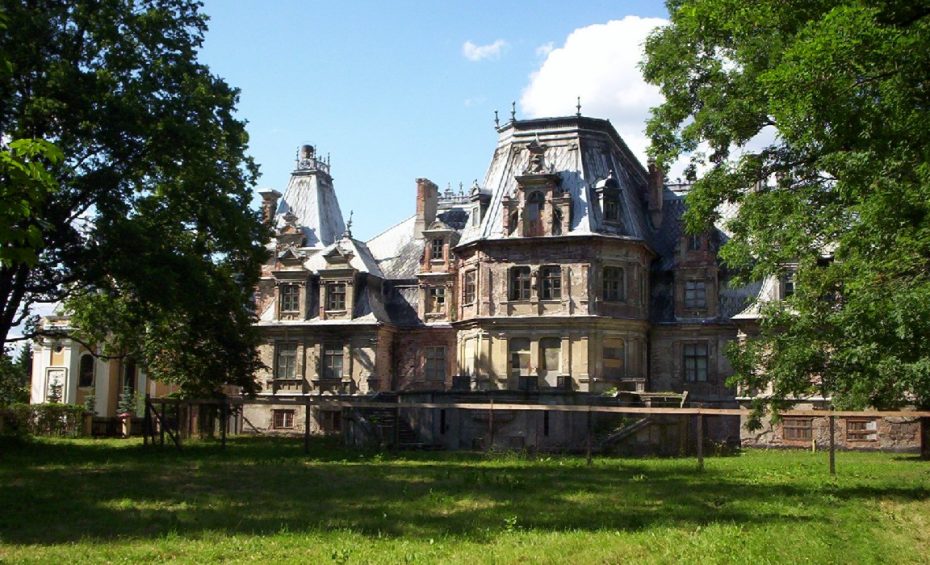
Together, the couple added their own Baroque embellishments to the estate, and raised their children on its lush grounds – one of which became a prominent Romantic composer, Michał Kleofas Ogiński. It was a charmed life, but it couldn’t last. Poland was breaking.

Poland’s “Third Partition” (exactly what it sounds like) was under way, and so the domaine ended up in the hands of a minister of the state. In the meantime, Andrzej died, leaving his widow to fight for it – and luckily, Paula was a tough cookie. Together with her son, she found a way to barter for the grounds: they’d give up their two other homes in order to keep the estate. Amazingly, it worked. It was smooth sailing until the 1840s, when financial strains again threatened the family to sell.
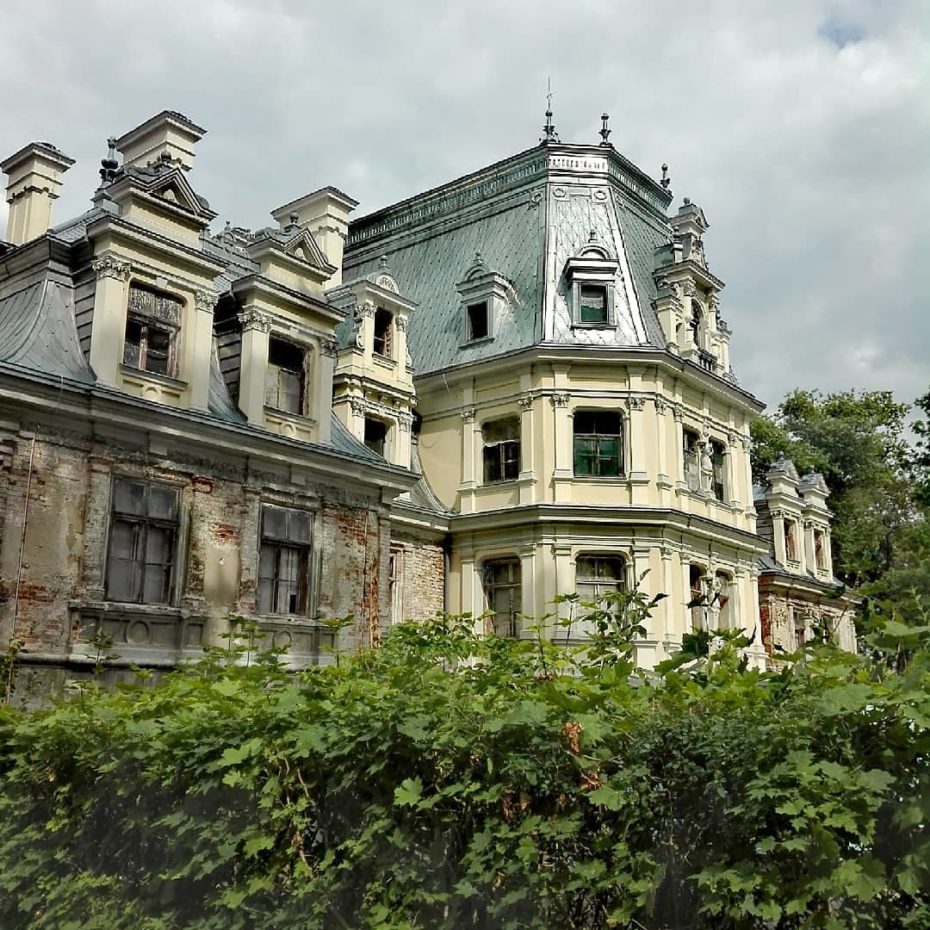
Now at this point, this is all starting to sound like the overriding plot of Downton Abbey, no? Well, what happened next was truly worthy of a BBC drama: Paula’s first born son from a previous marriage came out of the blue to rescue his estranged mother’s estate. His name was Feliks Sobański, and he didn’t just buy (what was then) the grand manor. He transformed it into the elaborate palace we see today with the help of architect Władysław Hirszel, who modelled the new additions off the chateaux of France’s Loire Valley. Thus, in the middle of the Polish countryside, there it was – not a mirage, but a real “French” castle…
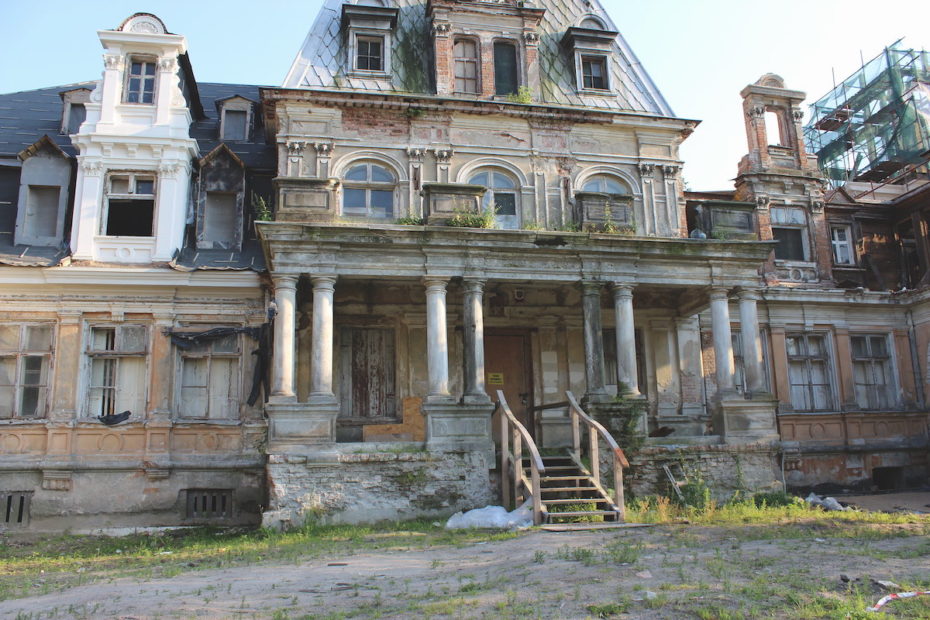
There was a four-column portico at the entry, and English gardens; a ballroom on the axis of the palace and a conservatory for exotic plants and birds. What archives we have of the family’s memories are equal parts elegant and touching (ex. diaries recalling winter nights spent playing cards by the gramophone). Feliks even installed two grand marble fireplaces (purchased from Paris’ Tuilleries) in the ballroom and some of Napoleon’s former interiors. It was like a slice of Paris in Poland, radiating the finest accommodations (the large, well heated bathrooms were supposed to be particularly high-tech).
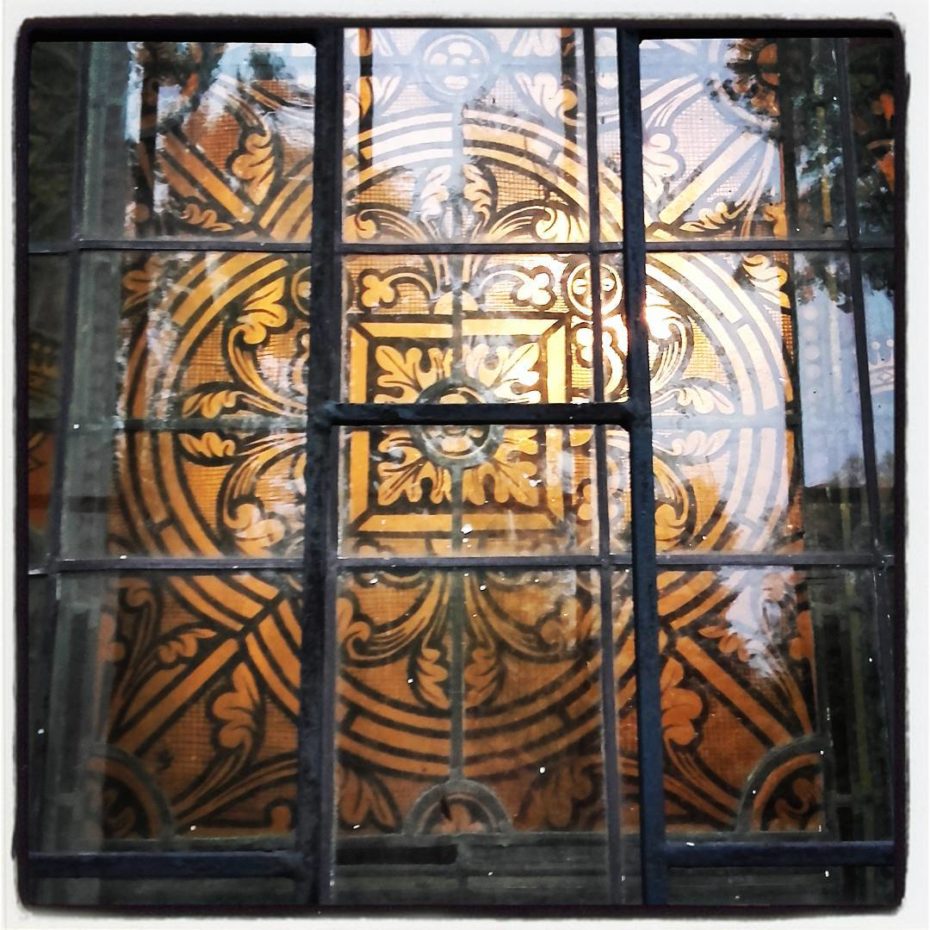
But WWI swept in like brushfire. Military personnel reached the castle in 1915 and used it as a hospital. The gardens became a veritable graveyard for the soldiers and their equipment – thousands of missiles – which sunk down in the ponds. Once again, the Sobańskis banded together from far and wide to restore it, and just as they began to catch their breath, WWII literally came knocking at the family’s door: in the fall of 1939, a Nazi quartermaster warned everyone to leave the house before the looting crew arrived. “[They] arrived by plane, bringing at least twenty boxes of beer with them,” wrote one of the family members, Gabriela. “They stole a lot of silver and porcelain.” They even used razors to cut out the family crest from the furniture.

Hitler himself spent a lot of time there, and actually signed the orders for the final capture of Warsaw in the living room. “Until the end of the occupation,” wrote Gabriela, “the Reich came to Guzów to guard this salon. Hitler left a letter to my father saying that he was very ashamed that the army had destroyed the palace so much…and then left.”
The Nazis murdered nearly 200 people in the area before leaving, including the Sobański Countess. As the Red Army approached, they fled in such haste that some Nazi soldiers were allegedly found locked in the basement by Russian soldiers, who continued to plunder and destroy the palace. The rest is basically communist history: in light of the agricultural reform, the palace was forced to become a now derelict sugar factory.
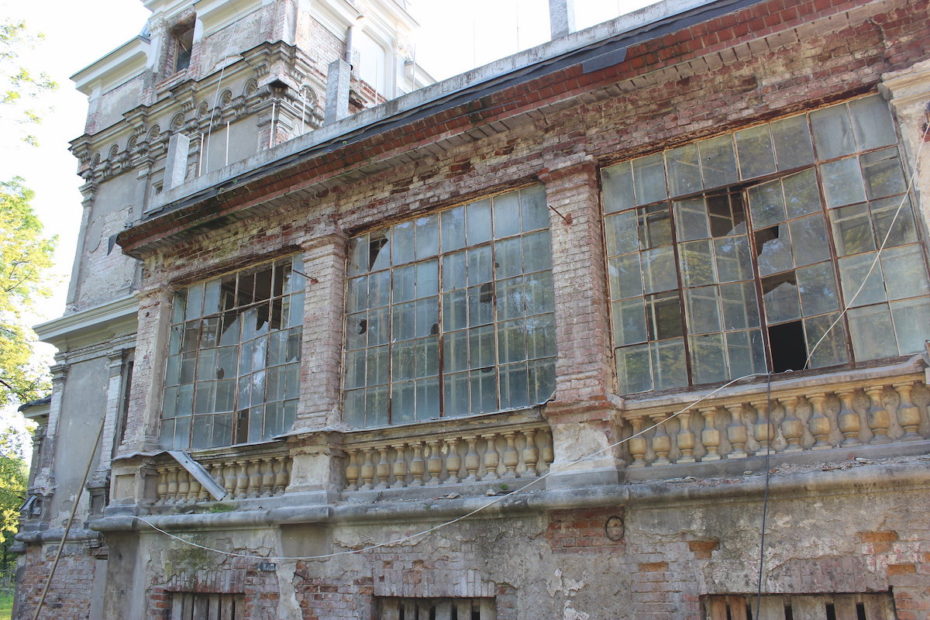
Which brings us to the final battle. In 1996, Count Michal Sobanski bought the palace back, stating his plans to restore it to its former glory to CNN in 2010. “Our family owned almost everything around here,” he said, “a park, acres of forest and [the] sugar factory. My grandfather even built several churches in this area.” As such, they were large benefactors of the community, stimulating the local economy and providing jobs. It’s the hope of Sobanski descendants to restore glory, which by the social media posts over the past few years, looks like they might actually be getting somewhere. Sobanski palace, despite her scars, is beginning to blush again:
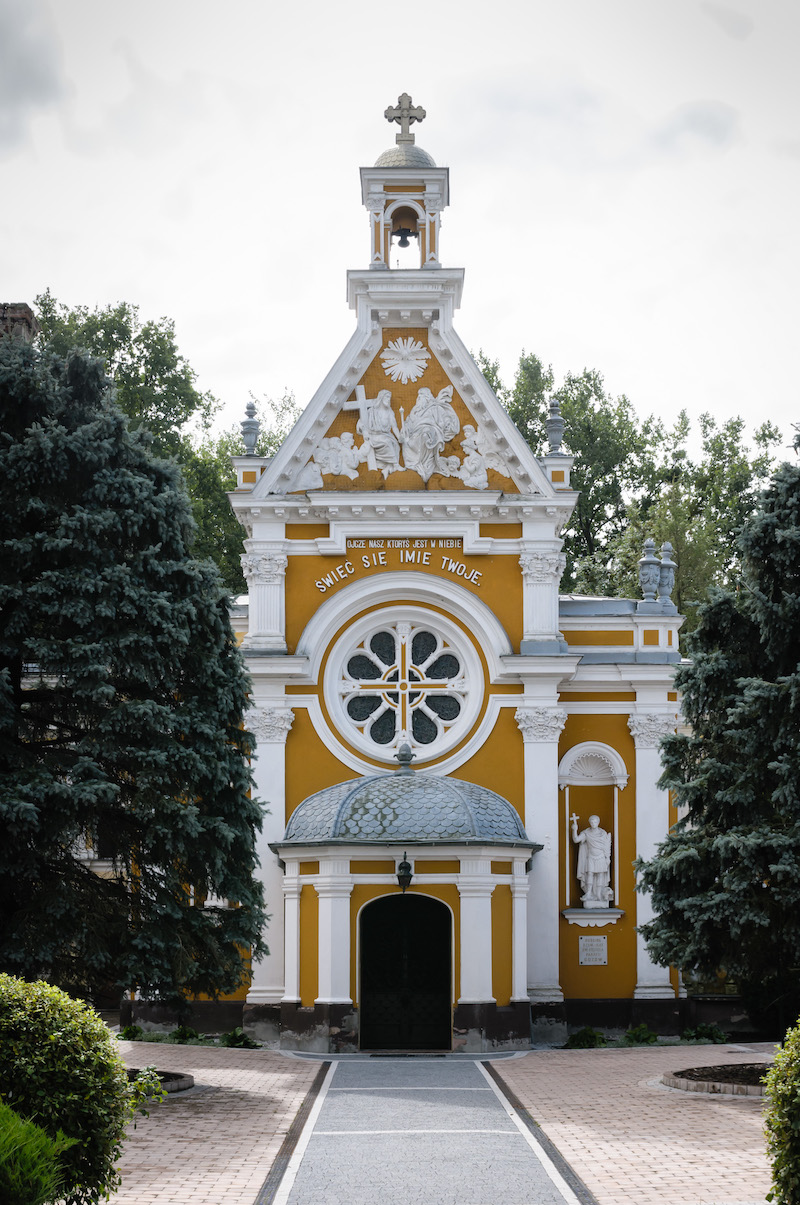
©Felix de Valois / Wikipedia
You’re looking at the castle’s fully restored chapel. It’s the first part of the estate to emerge from its full facelift, while the rest of the grounds sit patiently, cloaked in tarp and scaffolding, for their own grand reveal in 2020. It’s the kind of restoration that brings hope not only to the preservation efforts of so many other estates across Europe, but to the stories within their walls – stories that will only continue to unfold…




